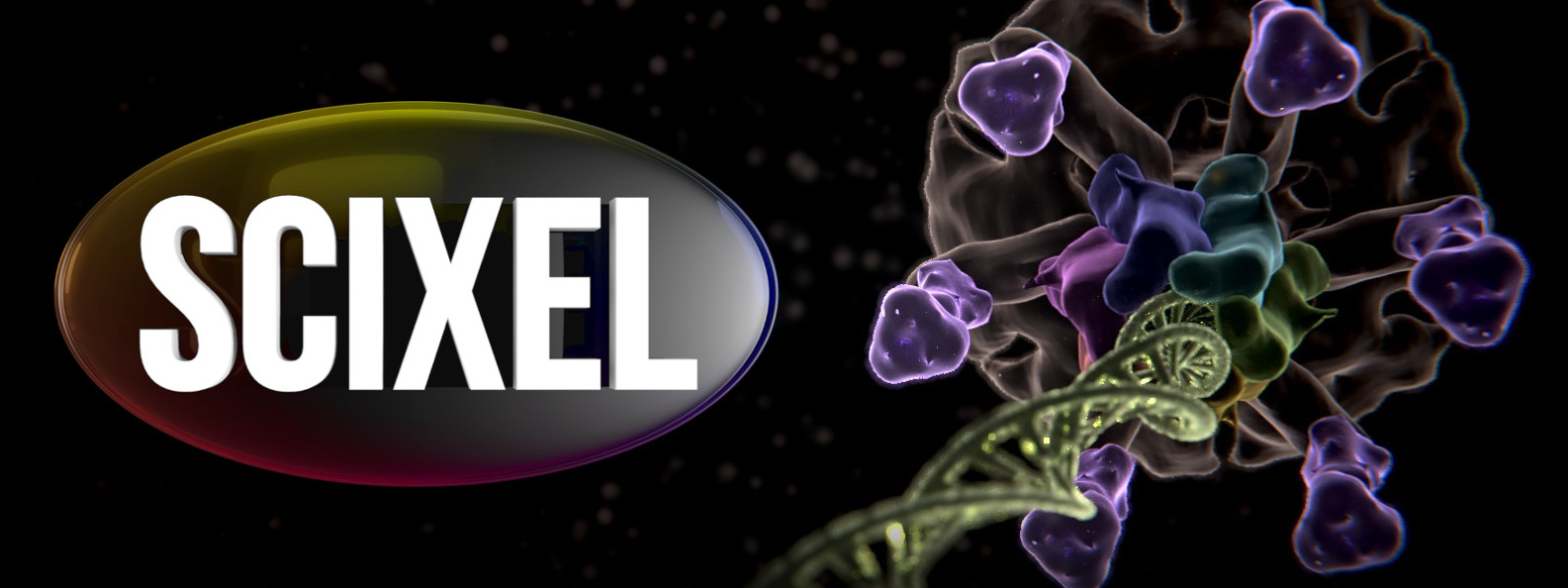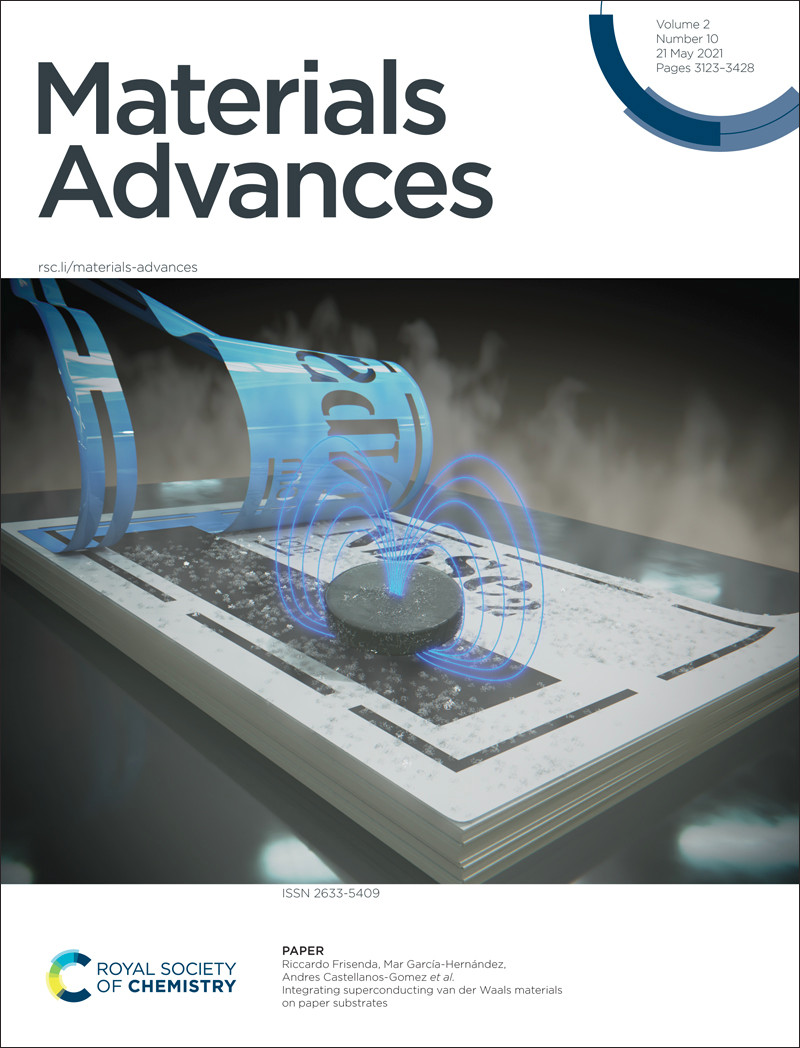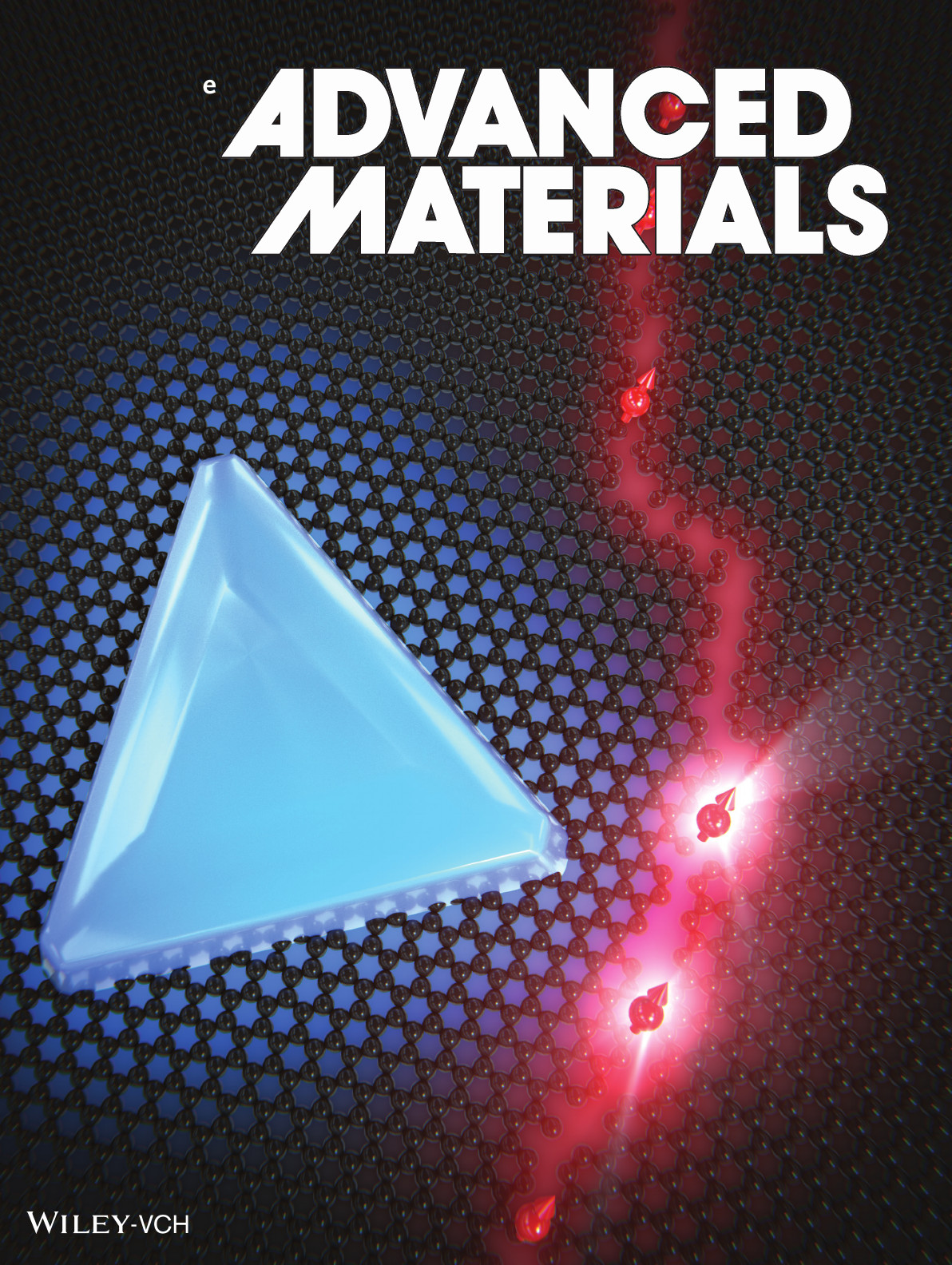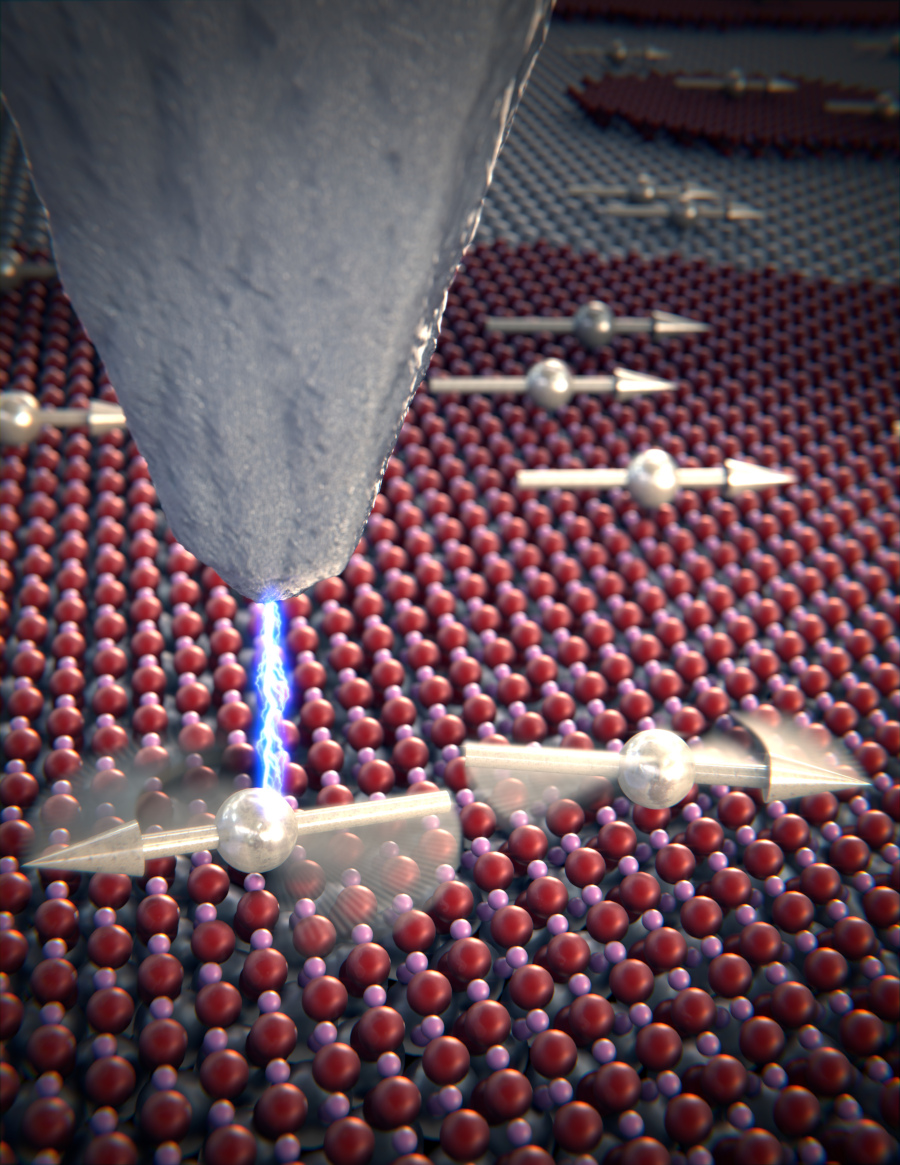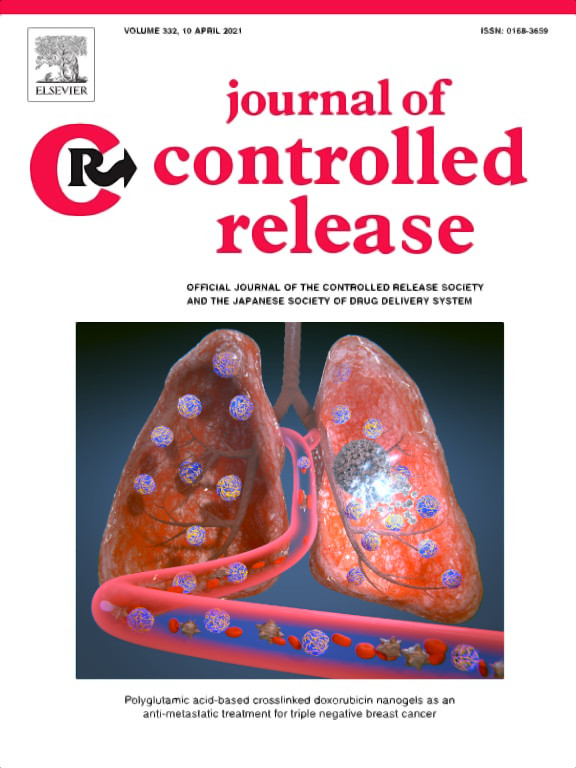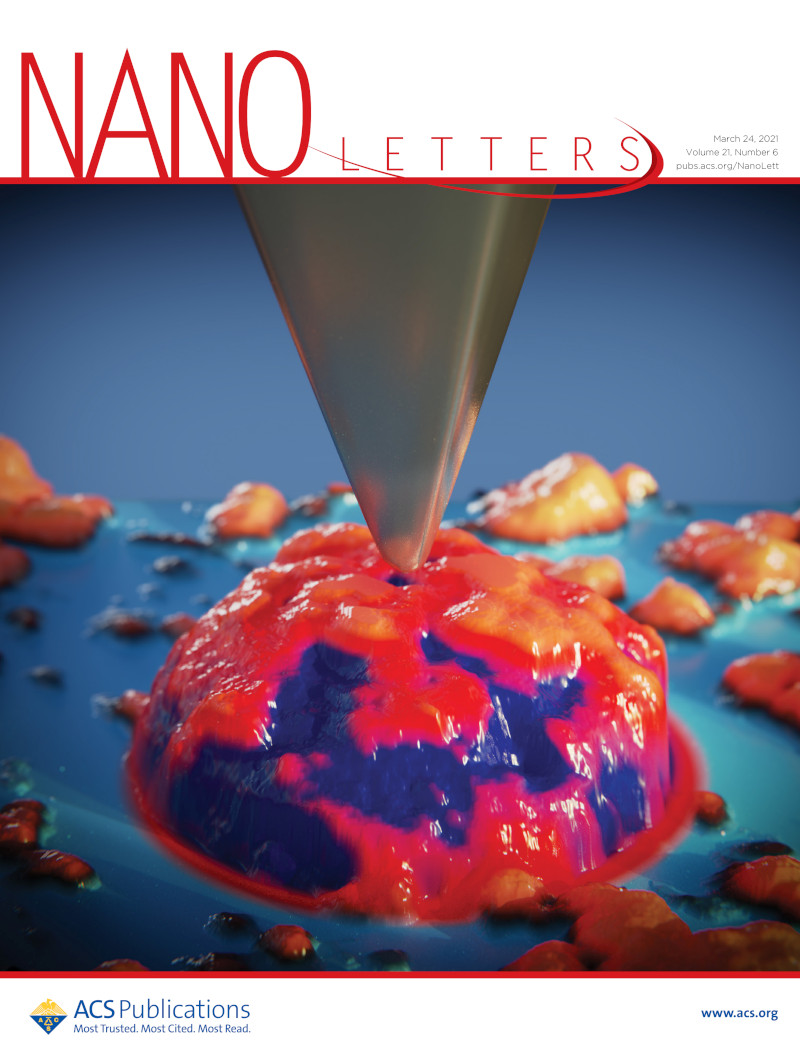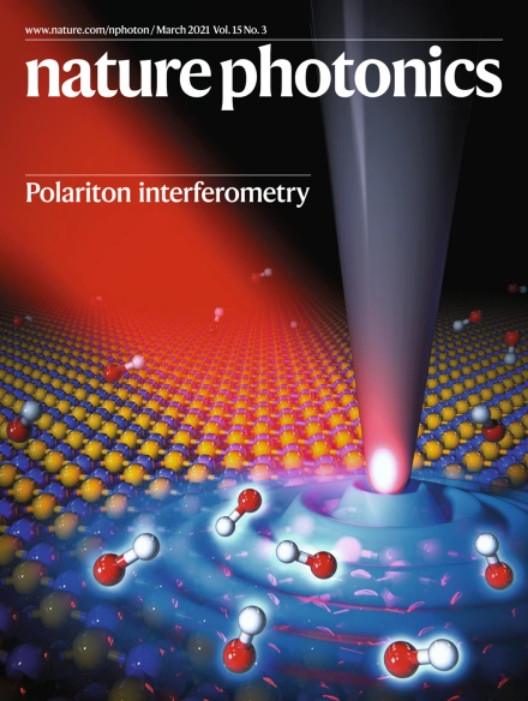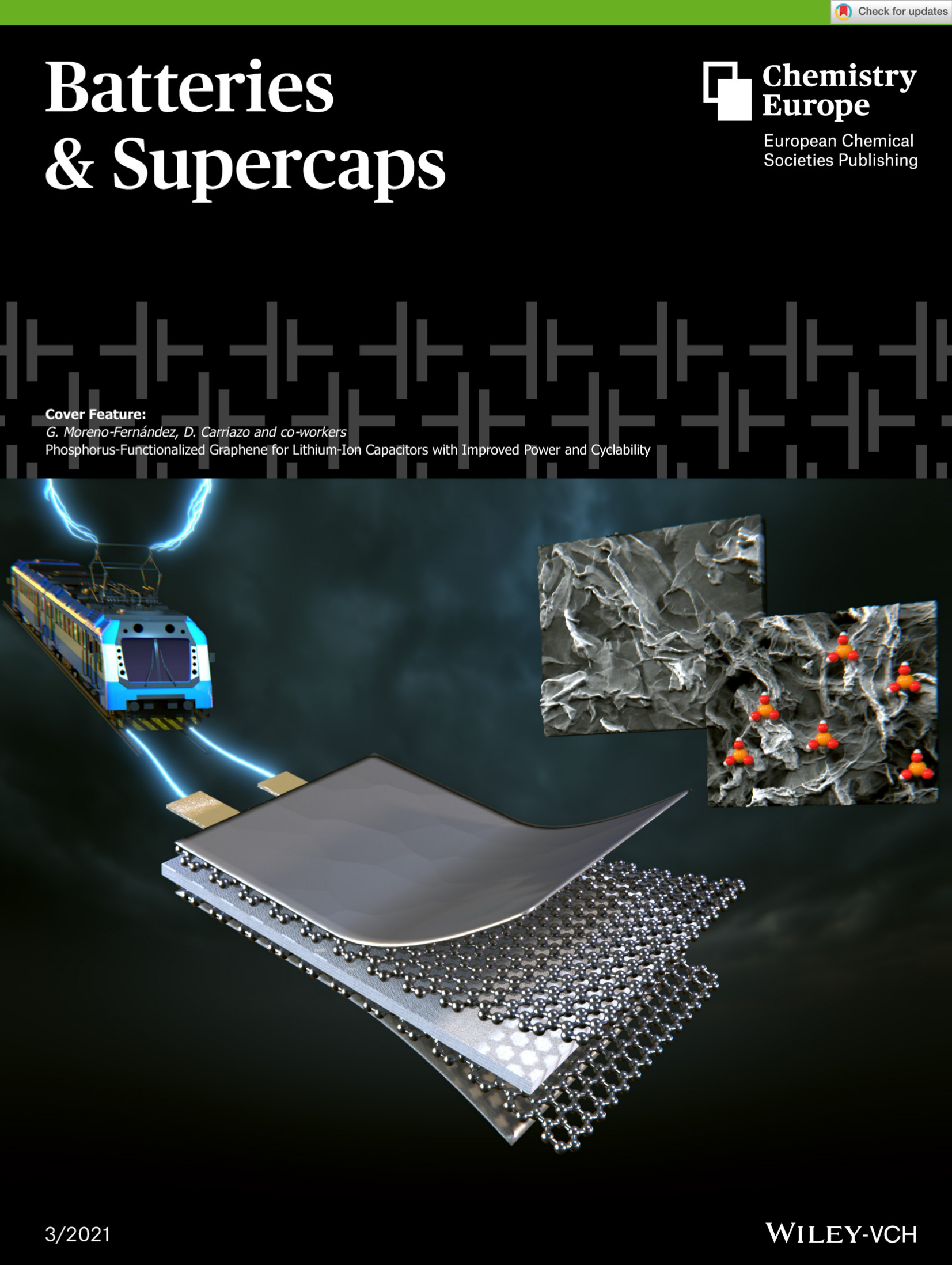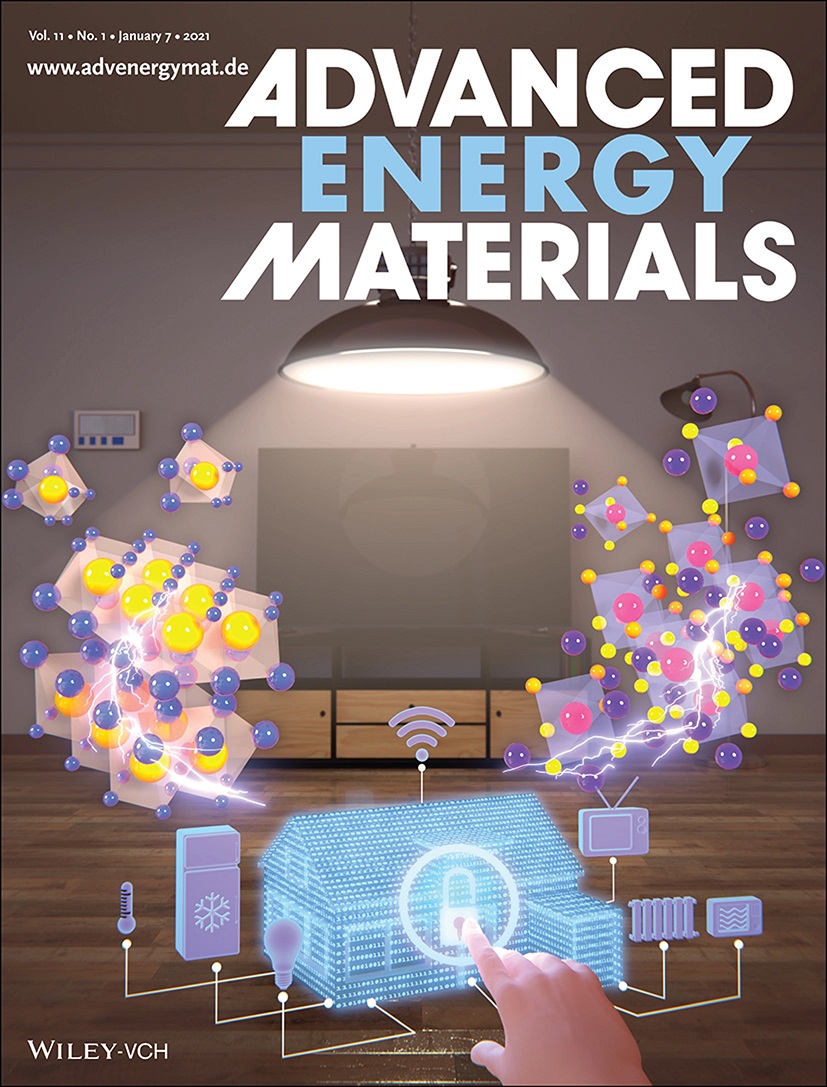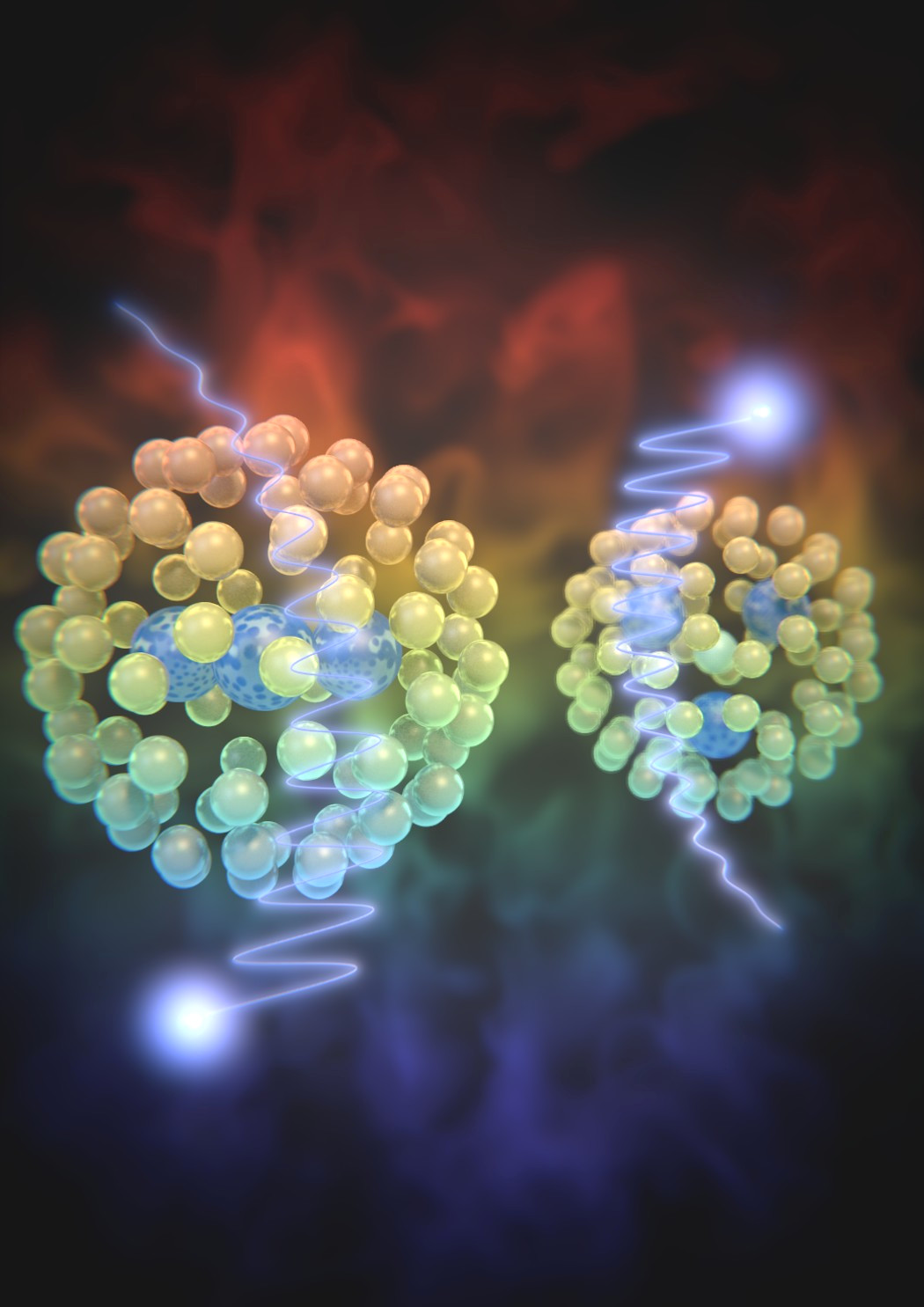Castellano’s Lab (ICMM-CSIC) research is not only top-notch scientific work: more important, at least to me, it is funny and inspiring. They’ve also worry about the social, economic and environmental impact of technology. And we can see all that in their last paper.
Together with the Kavli Institute of Nanoscience (TuDelft) they’ve proved that it is possible to have a working van der Waals superconductor deposited on regular paper as opposed to crystalline silicon. In particular, they’ve reported the observation of Meissner effect and resistance drop to zero-resistance state at low temperatures. As they point out, regular paper is 10.000 times cheaper that crystalline silicon. And being this technique scalable, it could have a major effect on the production of magnetic field shielding or superconducting high frequency filters.
We collaborated with them in the production of this picture that has been featured in the cover of Materials Advances.
